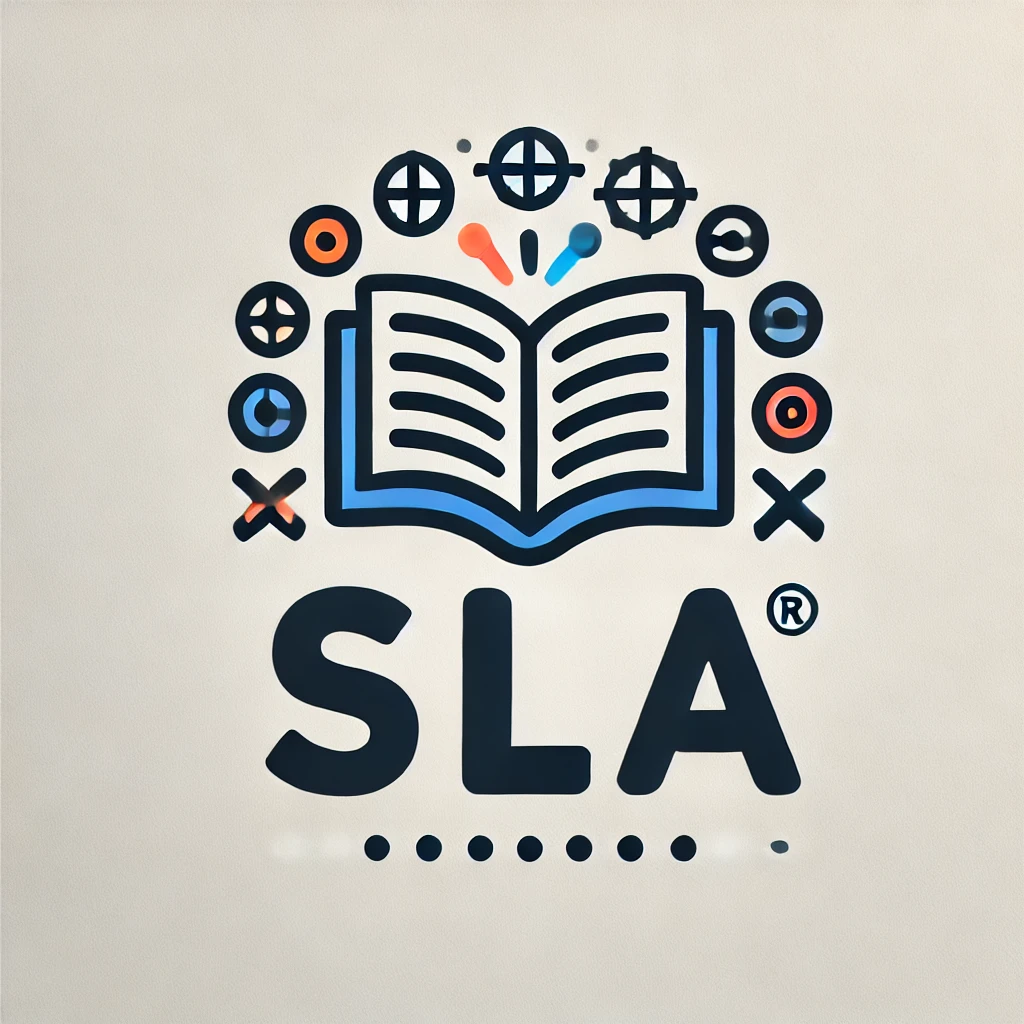Are you curious about the stages of second language acquisition?
If you’ve ever wondered how people go about learning a new language, you’re in the right place. In this article, we will explore the different stages of second language acquisition to help you better understand the process.

What are the five main stages of second language acquisition?
Learning a new language is a multi-faceted process that involves several stages. The five main stages of second language acquisition are:
- Preproduction
- Early Production
- Speech Emergence
- Intermediate Fluency
- Advanced Fluency
Let’s take a closer look at each of these stages to see what they entail.
Stage 1: Preproduction
During the preproduction stage, you are just beginning to familiarize yourself with the new language. You may not be ready to speak yet, but you are absorbing information and building a foundation for future learning. This stage is also known as the silent period because you may not feel comfortable speaking the new language yet.
Stage 2: Early Production
In the early production stage, you start to feel more comfortable with the new language and may begin to produce a few simple words and phrases. You are still learning and absorbing information, but you are starting to actively participate in conversations and activities in the new language.
Stage 3: Speech Emergence
At this stage, your language skills are starting to improve, and you can express yourself more fluently in the new language. You are able to form more complex sentences and participate in more in-depth conversations. This stage is characterized by increased confidence and a growing vocabulary.

Stage 4: Intermediate Fluency
Intermediate fluency is the stage where you start to feel like you are truly becoming proficient in the new language. You can carry on conversations with native speakers, read and write more complex texts, and understand the nuances of the language. Your language skills are continuing to improve, and you are able to communicate effectively in a variety of situations.
Stage 5: Advanced Fluency
The final stage of second language acquisition is advanced fluency. At this point, you are able to communicate almost as effectively in the new language as you can in your native language. You have a deep understanding of the language and culture, and you can navigate complex conversations and situations with ease.

How can you use the second language acquisition stages chart?
Understanding the stages of second language acquisition can help you track your progress and set achievable goals for learning a new language. By knowing where you are in the process, you can tailor your study methods and focus on areas that need improvement.
Second Language Acquisition Stages Chart
Below is a chart that outlines the five stages of second language acquisition and provides a brief description of each stage:
| Stage | Description |
|---|---|
| Preproduction | Beginning to familiarize with the new language |
| Early Production | Starting to produce simple words and phrases |
| Speech Emergence | Expressing yourself more fluently in the new language |
| Intermediate Fluency | Feeling proficient and capable in the new language |
| Advanced Fluency | Communicating almost as effectively as in your native language |
By referring to this chart, you can gain a clearer picture of where you are in your language learning journey and what steps you can take to progress to the next stage.
Tips for navigating the stages of second language acquisition
Navigating the stages of second language acquisition can be a challenging but rewarding experience. Here are some tips to help you successfully move through each stage:
- Practice regularly: Consistent practice is key to improving your language skills. Try to incorporate the new language into your daily routine to help reinforce what you have learned.
- Immerse yourself: Surrounding yourself with the new language can help you pick up vocabulary and grammar more quickly. Watch movies, listen to music, and read books in the new language to immerse yourself in the language and culture.
- Set goals: Setting specific, achievable goals can help you stay motivated and track your progress. Whether it’s mastering a certain number of vocabulary words or holding a conversation with a native speaker, setting goals can keep you on track.
- Seek feedback: Getting feedback from native speakers or language teachers can help you identify areas for improvement and fine-tune your language skills. Don’t be afraid to make mistakes – that’s all part of the learning process.
- Be patient: Learning a new language takes time, so be patient with yourself as you progress through the stages of second language acquisition. Celebrate small victories along the way and remember that every step forward is an accomplishment.
Final Thoughts
Learning a new language is a challenging yet rewarding experience that can open up a world of opportunities. By understanding the stages of second language acquisition and how to navigate them effectively, you can improve your language skills and achieve fluency in no time. Remember to practice regularly, set goals, seek feedback, and above all, be patient with yourself as you embark on this exciting journey. Good luck!

